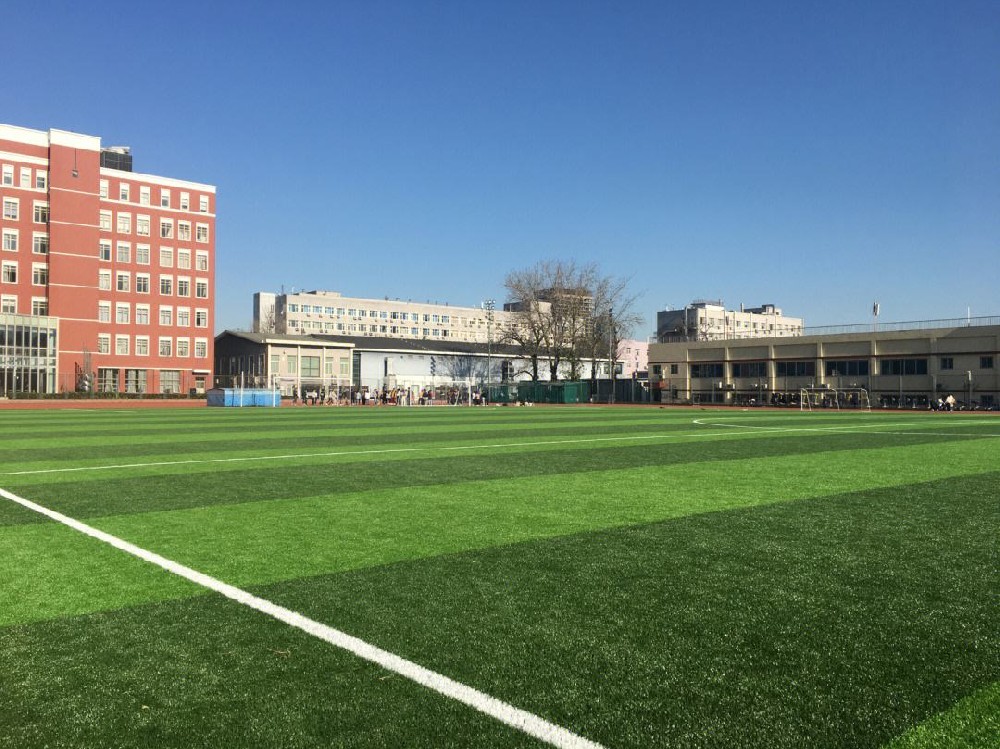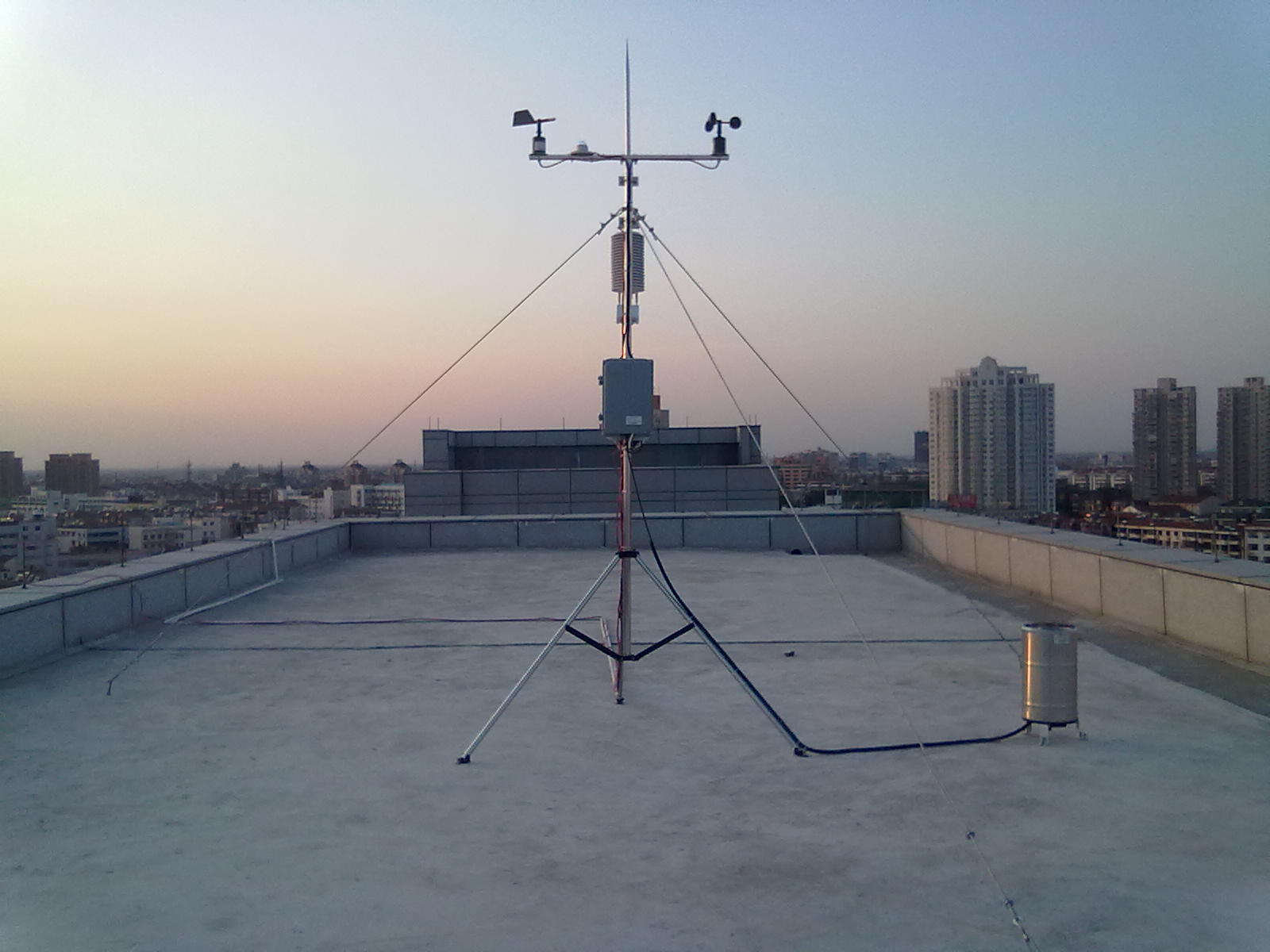

— Blogs —
—Products—
 Consumer hotline +8618073152920
Consumer hotline +8618073152920 WhatsApp:+8615367865107
Address:Room 102, District D, Houhu Industrial Park, Yuelu District, Changsha City, Hunan Province, China
Product knowledge
Time:2024-05-12 17:18:57 Popularity:335
What elements can be monitored by an automatic weather station on campus
Campus automated weather stations can monitor a variety of weather elements that are important for understanding climate conditions and weather changes on campus. The following are some common weather elements that can be monitored by campus automatic weather stations and their examples:

1. Temperature: The real-time temperature on campus is monitored and recorded by temperature sensors, which can be used for analysing seasonal temperature changes, daily temperature differences, etc.
2. Humidity: The humidity sensor can measure the relative humidity in the air to understand the degree of wetness in the campus, which is important for judging the trend of weather changes and plant irrigation management.
3. Wind speed and direction: Wind speed sensor and wind vane can monitor the wind speed and direction in the campus in real time, which is an important reference value for weather warning and arrangement of sports activities.
4. Precipitation: Measurement of precipitation by tipping bucket rain gauge or ultrasonic rain gauge, recording the intensity and duration of rainfall, which is important for understanding the impact of rainfall on campus facilities, soil moisture and so on.
5. Barometric pressure: Barometric pressure sensors can measure atmospheric pressure and provide barometric pressure data, which is used to analyse weather trends, e.g. a drop in barometric pressure may indicate rainy weather.
6. Radiation: The solar radiation sensor can measure the intensity of solar radiation to understand the sunshine situation on campus, which has an impact on solar energy use and plant growth.
7. UV intensity: The UV sensor measures the intensity of UV rays in the environment and provides advice to teachers and students on sun protection to protect skin health.
8. Soil temperature and humidity (if the weather station is equipped with soil sensors): soil temperature and humidity sensors can measure the temperature and moisture content of the soil, providing data support for campus greening, agricultural experiments and so on.
9. PM2.5: This is particulate matter in the air with a diameter less than or equal to 2.5 microns, also known as fine particulate matter. These particles have a significant impact on human health as they can enter the lungs and cause various health problems.
10. PM10: These are airborne particles less than or equal to 10 microns in diameter, also known as PM10. They can also have an impact on human health, although usually to a lesser extent than PM2.5.
11. Carbon Dioxide (CO2): Although CO2 is not a pollutant in the traditional sense, its high concentration indoors and in enclosed environments can cause discomfort. Campus automatic weather stations can monitor CO2 concentrations in these environments to ensure good air quality.
The data of these meteorological elements not only help teachers and students understand the climatic conditions and weather changes on campus, but also provide important references for campus management, teaching activities and scientific research. Meanwhile, other special meteorological elements can be customised for monitoring according to the specific needs and conditions of the campus.

When selecting an automatic weather station for a campus, it is necessary to consider the actual use requirements and select suitable monitoring elements and sensor types. At the same time, it is also necessary to pay attention to the technical parameters of the weather station, such as measurement range, accuracy, data update rate, sensor type, communication mode, etc., in order to ensure that the weather station can meet the needs of campus weather monitoring.
Prev:Weather station equipment selection and installation guide
Next:Automatic Weather Stations on Campus: Bringing Science to Life in Education
Related recommendations
Sensors & Weather Stations Catalog
Agriculture Sensors and Weather Stations Catalog-NiuBoL.pdf
Weather Stations Catalog-NiuBoL.pdf
Related products
 Combined air temperature and relative humidity sensor
Combined air temperature and relative humidity sensor Soil Moisture Temperature sensor for irrigation
Soil Moisture Temperature sensor for irrigation Soil pH sensor RS485 soil Testing instrument soil ph meter for agriculture
Soil pH sensor RS485 soil Testing instrument soil ph meter for agriculture Wind Speed sensor Output Modbus/RS485/Analog/0-5V/4-20mA
Wind Speed sensor Output Modbus/RS485/Analog/0-5V/4-20mA Tipping bucket rain gauge for weather monitoring auto rainfall sensor RS485/Outdoor/stainless steel
Tipping bucket rain gauge for weather monitoring auto rainfall sensor RS485/Outdoor/stainless steel Pyranometer Solar Radiation Sensor 4-20mA/RS485
Pyranometer Solar Radiation Sensor 4-20mA/RS485
Screenshot, WhatsApp to identify the QR code
WhatsApp number:+8615367865107
(Click on WhatsApp to copy and add friends)